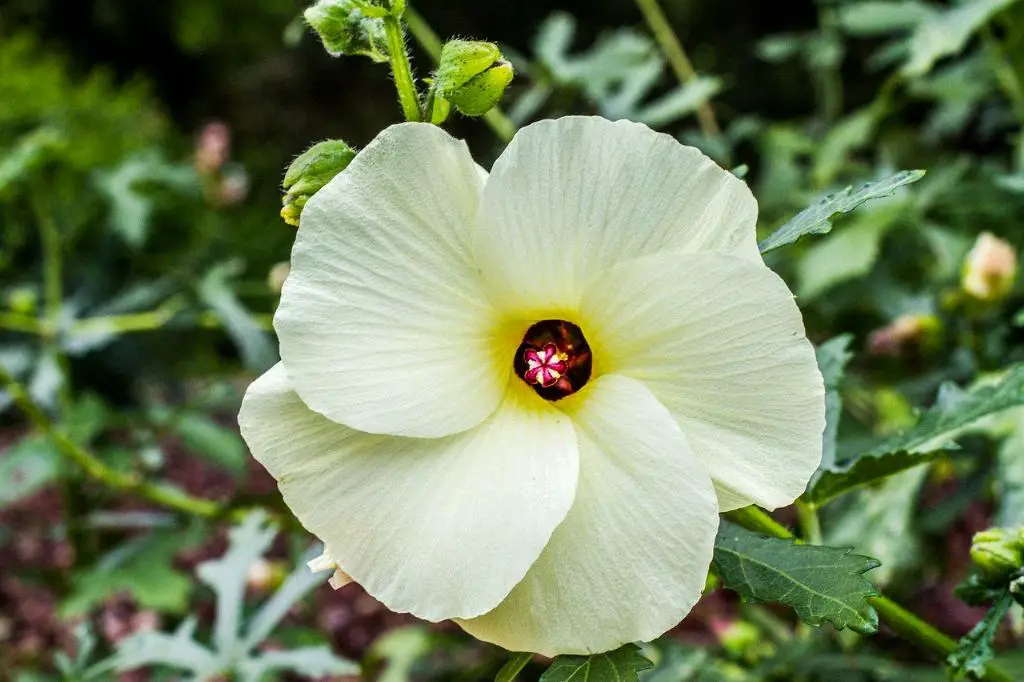When it comes to caring for your hibiscus plants, fertilizer plays a crucial role in ensuring healthy growth and vibrant blooms. The ideal fertilizer for hibiscus plants should provide the right balance of essential nutrients to support robust foliage and prolific flowering. Hibiscus plants benefit from a fertilizer that is rich in nitrogen, phosphorus, and potassium. These three key nutrients are essential for promoting overall plant health and encouraging blooming.
One commonly recommended type of fertilizer for hibiscus plants is an NPK fertilizer with a ratio of 7-6-5. This balanced formula provides hibiscus plants with the necessary nutrients in the right proportions to support healthy growth and flowering. The nitrogen content promotes lush green foliage, while phosphorus aids in blooming and root development. Potassium helps strengthen the plant’s immunity and overall resilience.
While a specific hibiscus fertilizer with the recommended NPK ratio may be ideal, you can also opt for a general-purpose flower fertilizer for your hibiscus plants. These fertilizers are formulated to meet the nutrient needs of flowering plants and can help support the growth and blooming of hibiscus plants as well.
When to Fertilize Hibiscus Plants
Knowing when to fertilize your hibiscus plants is just as important as choosing the right fertilizer. It is generally recommended to fertilize hibiscus plants during the active growing season, which is typically in the spring and summer months. Fertilizing hibiscus plants during this period helps to provide them with the nutrients they need to support vigorous growth and blooming.
During the fall and winter months, when hibiscus plants are in a period of dormancy or reduced growth, it is best to refrain from fertilizing them. Fertilizing during this time can stimulate new growth, which may be more susceptible to damage from cold temperatures or frost. By focusing on fertilizing during the active growing season, you can help your hibiscus plants thrive and flourish.
How to Fertilize Hibiscus Plants
Properly applying fertilizer to your hibiscus plants is essential to ensure they receive the nutrients they need without the risk of overfeeding or nutrient burn. When fertilizing your hibiscus plants, it is important to follow the instructions provided on the fertilizer packaging carefully. Avoid applying more fertilizer than recommended, as this can lead to nutrient imbalances and potential plant damage.
One common method of fertilizing hibiscus plants is to dilute the fertilizer in water and apply it to the soil around the base of the plant. This allows the roots to absorb the nutrients gradually and effectively. Remember to water your hibiscus plants after fertilizing to help distribute the nutrients throughout the soil and prevent nutrient buildup.
Conclusion
Choosing the right fertilizer, timing the application correctly, and applying it properly are key aspects of caring for your hibiscus plants. By providing your hibiscus plants with the essential nutrients they need to thrive, you can help them grow vigorously, produce stunning blooms, and maintain overall health and vitality.

